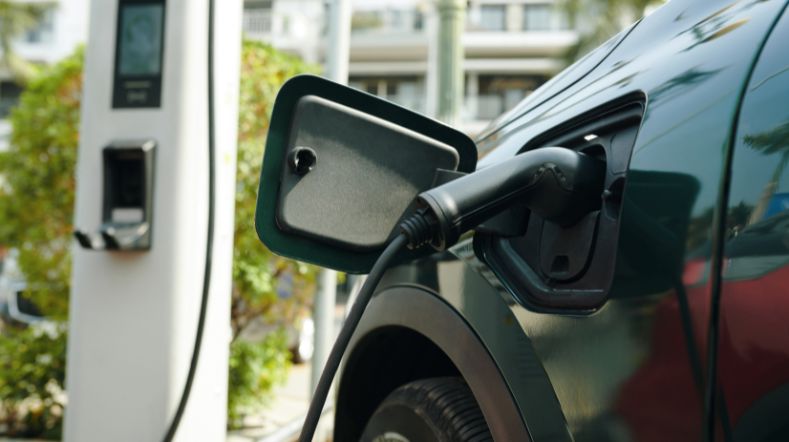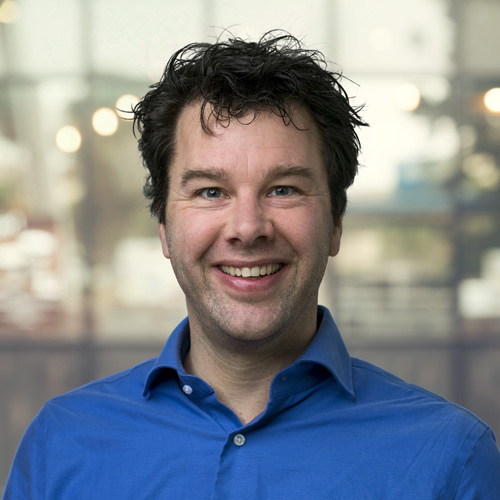Smarter storage: how TNO optimises thermal energy storage
The Netherlands is a global frontrunner in aquifer thermal energy storage, with over 3,500 systems in operation. These systems store heat and/or cold underground for later use, making them essential to the energy transition.
Sustainable energy supply
To ensure a sustainable energy supply, further innovation is key—such as increasing storage temperatures, integrating systems more effectively into the subsurface, and managing seasonal fluctuations more intelligently. TNO is developing solutions to address these challenges and unlock the full potential of thermal energy storage.
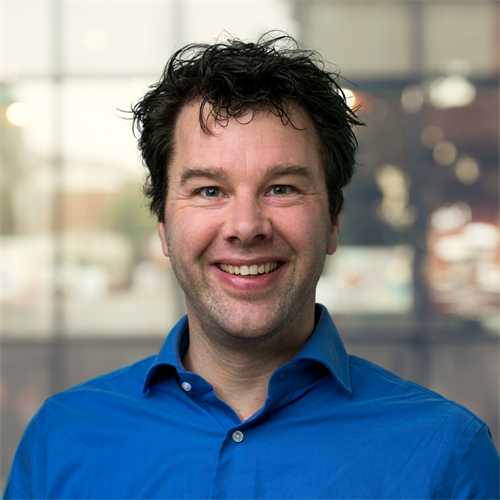
‘There are two key challenges: scaling up in temperature and in numbers.'
The growth potential of aquifer thermal energy storage
Aquifer Thermal Energy Storage (ATES) has reliably provided heating and cooling to thousands of Dutch buildings for decades—from offices and hospitals to data centres and greenhouses. This proven technology offers a solid foundation, but the energy transition demands the next step. ATES systems use two or more wells to simultaneously extract and inject groundwater, storing and recovering heat by reversing the flow direction between wells.
Martin Bloemendal, TNO’s lead scientist for thermal energy storage, explains: ‘The potential of the subsurface is vast and still largely untapped. The two main challenges are increasing the temperature range and scaling up deployment. While standard ATES systems operate up to 25°C, higher temperatures open up new possibilities.
Systems operating between 25°C and 50°C are referred to as medium-temperature ATES (MT-ATES), and those above 50°C as high-temperature ATES (HT-ATES). These can store summer heat at 40–90°C for winter use, making them suitable for large-scale heating networks and industrial applications.’
A TNO benchmark study shows that HT-ATES becomes technically and financially viable at sufficient scale—around 300,000 m³ of stored hot water per year. But the benefits go beyond cost: HT-ATES strengthens heating networks by adding extra sources and replacing gas-fired peak boilers, directly contributing to CO₂ reduction.
Innovations in closed loop systems
In addition to open systems, TNO is also innovating in closed loop geothermal systems (CLGS). In 2024, around 130,000 homes in the Netherlands were heated using CLGS. These systems circulate fluid through a closed pipe network to exchange heat with the subsurface, without extracting groundwater.
TNO is exploring how CLGS can be extended to depths of 400–800 metres, potentially increasing capacity tenfold. While CLGS uses the subsurface as a thermal buffer, its storage capacity is more limited than ATES. That’s why TNO focuses on collective applications where groundwater safety is critical. We’re also working to make ATES more affordable for individual homes, though ATES remains the preferred solution for large-scale seasonal storage.
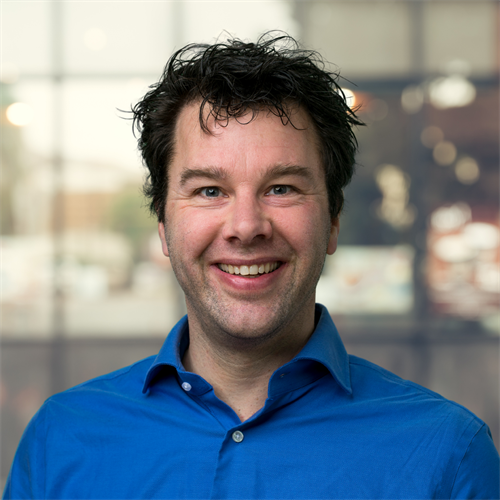
‘Permits are like virtual boundary markers underground—you’re not allowed to cross each other’s lines. But these markers are often placed too generously, meaning we’re not making optimal use of the limited subsurface space.’
A shift in thinking is needed
To fully harness the potential of thermal energy storage, a shift in mindset is required. Martin continues: ‘Current system designs include large safety margins. Systems are oversized to account for uncertainties in usage and climate, and are spaced further apart than strictly necessary.
In areas with high demand for subsurface energy, this leads to unnecessary limitations. Permits act as virtual boundary markers underground—but these are often too wide.
We’re developing new technical and spatial planning concepts. By using subsurface space more intelligently, we can accommodate more systems without compromising reliability. This calls for innovative design methods, improved monitoring, and more flexible permitting and management.’
TNO also provides insights into which subsurface layers are suitable for energy storage, enabling the use of deeper, previously untapped layers.
Heat transition solutions
TNO is working on various solutions for the heat transition, such as optimising seasonal storage and technology.
Further optimisation of seasonal storage
Thermal energy storage naturally addresses seasonal fluctuations, but the challenge grows as we move away from gas. That’s why TNO is developing smarter ways to manage uncertainty. By linking multiple buildings to multiple storage systems, risks are spread. In an unusually warm winter followed by a cool summer, other users in an integrated system can absorb the fluctuations.
Increasingly, thermal storage is also used to tackle grid congestion. When there’s a surplus of wind or solar energy, power-to-heat systems convert electricity into heat for storage. This relieves pressure on the electricity grid and creates a buffer for periods with less renewable generation. TNO is working to improve power-to-heat systems and storage combinations.
Technical optimisation
Raising storage temperatures is a key research area. However, for systems above 25°C, there is no formal assessment framework due to potential environmental impacts. This makes permitting more complex. TNO is investigating how to increase temperatures without adverse environmental effects.
In Middenmeer, TNO is monitoring the long-term performance of the Netherlands’ first high-temperature storage system. At Utrecht Science Park, the ACCEL-UTES project links thermal storage to solar energy. These projects provide valuable insights for further temperature increases. At temperatures above 100°C, water remains liquid under sufficient pressure underground, opening up opportunities for industrial applications.
TNO is also developing technical innovations in drilling and well design.
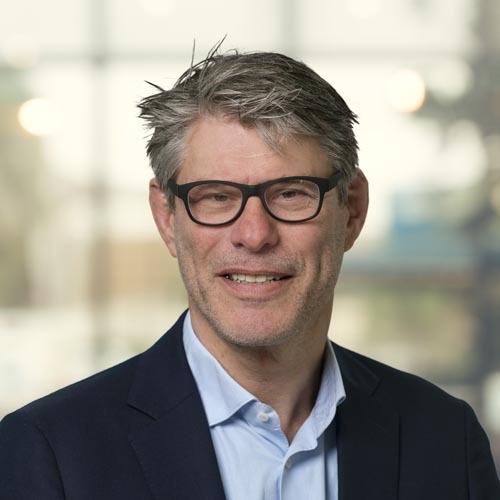
‘One building connected to one storage system has much greater uncertainty than when you link three or four buildings and storage systems. Interconnected systems reduce uncertainty.’
System integration at neighbourhood level
One building connected to one storage system has much greater uncertainty than when you link three or four buildings and storage systems. Interconnected systems reduce uncertainty,’ says Maarten Bijl, Business Developer Production Optimisation.
In various projects, TNO is working on smart grid concepts that combine heat and electricity storage at neighbourhood level:
Joule4Joule makes neighbourhoods more sustainable by combining local energy generation with shared energy storage, storing surplus from sunny days for peak moments.
The EU project SSUSG is developing a prototype energy system that generates, stores and distributes heat and electricity in a fully integrated neighbourhood system.
CHILL focuses on standardised low-temperature heating and cooling networks that provide residents with flexible and sustainable energy. TNO collaborates with companies, housing associations and municipalities.
PEDFRIENDSHIP transforms the Friendship Sports Centre in Amsterdam into a Positive Energy District, where the sports complex not only powers itself but also nearby homes
Policy support and knowledge sharing
We advise provinces on permitting and contribute to regulatory discussions, such as the conservatively set 25°C threshold. With digital twins of the subsurface, governments can ‘see’ underground without digging, allowing for more flexible permitting.
Knowledge gained is widely shared through open tools such as The Design Toolkit for policymakers, ThermoGIS for assessing potential and risks of thermal storage and DINOloket for subsurface data.
Partnering with TNO
TNO welcomes collaboration with partners working on sustainable heating. We can support:
- Optimising supply and demand in seasonal fluctuations
- Complex subsurface challenges where standard solutions fall short
- Deployment and development of systems above 25°C
- Scaling up to neighbourhood level, where system integration, spatial planning and infrastructure converge
- Integration with heating networks, geothermal energy or power-to-heat
- Preventing grid congestion through smart use of thermal storage and power-to-heat
- New drilling technologies to accelerate the heat transition
- Policy support and regulatory advice
The heat transition calls for new ways of thinking and working. Our expertise in thermal energy storage contributes to this transition. Get in touch with TNO to explore how we can support your heating project.
Want to learn more about sustainable heating?
- Discover how system integration connects different heat sources efficiently
- Explore the unique capabilities of our lab facilities at RCSG in Rijswijk
- View TNO publications on heating
Get inspired
The energy system of the future


Grid congestion


TNO–SodM–NIOZ: ‘Methane emissions in the North Sea often linked to shallow natural gas’


Smart networks for a future-proof energy system
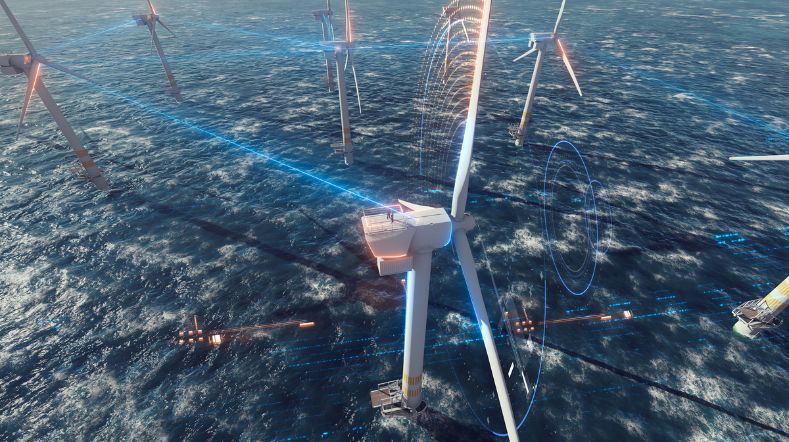

Queue on the power grid could slow down the mobility transition
